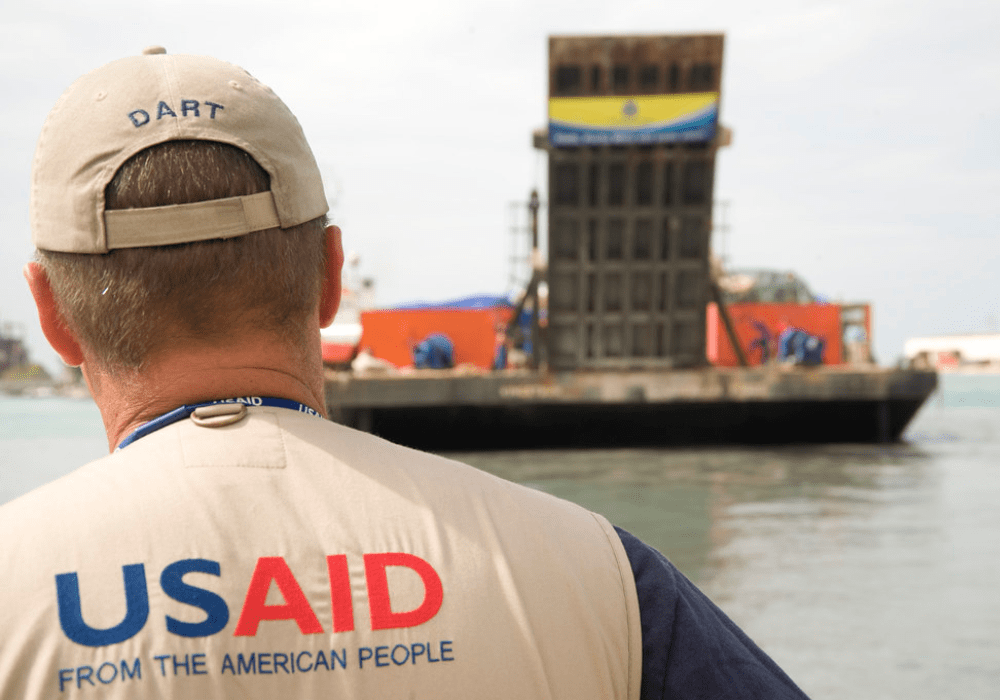
As the world continues to prepare for the deleterious effects of climate change, the United States Agency for International Development (USAID) is focusing its international efforts on assisting the highly at-risk region of Southeast Asia. The agency aims to increase the region’s resilience to climate change-induced disasters such as flooding, droughts, and heat waves by encouraging international cooperation.
One of USAID’s main goals is to reduce greenhouse gas emissions through the Southeast Asia Smart Power Program and the U.S. Department of Energy’s Advanced Energy Partnership for Asia. These programs aim to meet USAID’s greenhouse gas emission targets and encourage the use of clean energy to achieve net-zero greenhouse gas emissions by 2050.
Another goal is to strengthen the climate resilience of 500 million people by the target year of 2030. Southeast Asian and U.S. organizations, such as the National Aeronautics and Space Administration (NASA), are collaborating on using the latest tools and technology to make life-saving decisions during natural and man-made disasters. USAID is also working with the Australia Mekong Safeguards Program to strengthen environmental policy in the region.
Financing is an integral part of USAID’s plan to improve the region’s disaster preparedness. The agency plans to fund its efforts by mobilizing $2 billion for clean energy infrastructure. The funding would partly come from regional private financiers to address issues such as unsustainable agriculture, which emits the most greenhouse gases in the region. In 2024, USAID is set to launch the Partnerships for Green Investments to promote the financing of green infrastructure.
USAID acknowledges that a community-led effort is necessary to ensure its goals are met and, therefore, is developing ways for marginalized groups to contribute to climate change resilience and mitigation. In prioritizing this need, the USAID Enhancing Equality in Energy for Southeast Asia works to empower women in the energy sector.
USAID’s work in Southeast Asia has produced several notable results thus far, including a $3 million partnership with the ASEAN Centre for Energy to increase renewable energy, securing $446 million in climate financing to reduce 156 million tons of carbon dioxide from the atmosphere, and developing Southeast Asia’s first environmental rights framework through continued collaboration with local and international agencies.
By Sarah Ortega
